Staying Safe: How Journalists Can Protect Themselves When Engaging with Dangerous Sources

Interviewing people is central to journalism. It’s how stories come to life, how truths are uncovered, and how power is held accountable. But not all sources are safe—and not all interviews are conducted in secure environments. For journalists, especially foreign correspondents and investigative reporters, interviewing dangerous individuals or actors with a history of violence, criminal behavior, or extremist views can pose real risks to their physical safety, psychological well-being, and digital security.
In today’s high-stakes reporting landscape, journalists must be both storytellers and strategists. This article explores how reporters can protect themselves when engaging with potentially dangerous sources and how to assess and minimize the risks without compromising journalistic integrity.
Preparation is the first and most critical layer of safety. Before agreeing to an interview with a potentially dangerous actor—whether it’s a gang member, extremist, warlord, or even a political figure with an aggressive following—do your homework. Research their background. Look into any criminal history, public threats, or known associates. Understanding their behavior patterns helps you assess the level of risk. Also, understand the context. Know the environment you’ll be entering. Is it a high-crime area? Is the location neutral or controlled by the source? Will security forces be present or absent? Use open-source intelligence tools, public records, and local contacts to gather insights. Collaborate with local fixers or colleagues familiar with the area or source.
Where the interview takes place can significantly impact your safety. Always opt for a neutral, public, or controlled location. Avoid going into private homes, unfamiliar compounds, or isolated areas unless absolutely necessary and only with trusted support. Arrive early. Control the environment where possible. Sit near exits, avoid being cornered, and be aware of surveillance cameras or other observers. Have a plan for entry and exit. Know where you’ll park, how you’ll leave, and what to do if things go wrong. In conflict zones or areas controlled by armed groups, work with a security advisor who can assess physical spaces and provide protection.
Never go into an interview with a dangerous individual without informing at least one trusted person of your plan. Share the name and profile of the interviewee, the exact location and time of the meeting, how long you expect to be there, and a check-in time afterward. Use safety check-in apps or GPS trackers with colleagues or editors, especially in remote areas. In high-risk regions, consider working in pairs or with a local security escort.
How you conduct yourself during the interview matters. Dangerous actors may be easily provoked or suspicious of journalists. It’s essential to stay calm and non-confrontational. You can ask tough questions, but deliver them with neutrality. Avoid showing fear or aggression, as either can escalate tension. Watch your posture. Sit upright, keep hands visible, and maintain eye contact—but don’t stare. Practice interview techniques with trauma-informed professionals or conflict journalists to learn de-escalation tactics and how to manage intimidation.
Large cameras, microphones, and smartphones can attract attention, look intrusive, or be mistaken for surveillance devices. Use discreet recording devices if appropriate and legal. Avoid pulling out your phone repeatedly—it may appear as if you're filming secretly. Keep backup files and minimize sensitive information stored on your devices during such interviews. Have password protection and remote wipe capabilities enabled on your devices in case of confiscation.
If the situation allows, negotiate some interview terms beforehand, such as whether the source will be named or remain anonymous, what topics are off-limits (while maintaining editorial control), and whether the conversation will be recorded. While dangerous sources may not always respect these boundaries, clarifying them early can defuse suspicion or hostility.
Interviewing violent or dangerous individuals can be traumatic—even if the meeting itself is uneventful. Many journalists experience delayed stress, anxiety, or moral injury after such encounters. Debrief with a colleague or mental health professional afterward. Take time to process what you heard, especially if the interview involved graphic or disturbing content. Avoid jumping straight into another high-risk assignment. Newsrooms should provide trauma-informed support to journalists working on such stories, including access to counseling and wellness resources.
Sometimes, the most professional decision is to walk away. If an interview feels too risky, or if your source becomes unpredictable, it's okay to cancel, postpone, or conduct the interview through a proxy or digitally. If your gut tells you something’s wrong, listen to it. The safety of the journalist is never worth a quote or a story.
Foreign correspondents and investigative journalists are often applauded for their courage. But real courage lies in preparation, precaution, and knowing your limits. Interviewing dangerous individuals may yield valuable insights and powerful stories, but safety should always come first. By developing a safety mindset—before, during, and after the interview—journalists can reduce risk while continuing to shine a light in the darkest corners of society. Information may be powerful, but so is discretion. Learn to use both.
